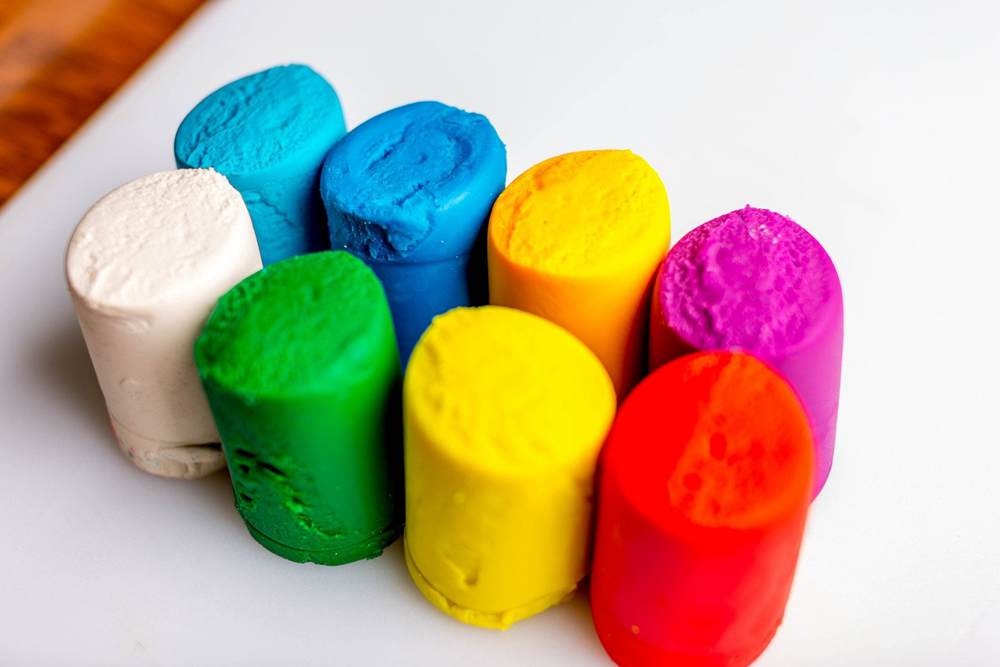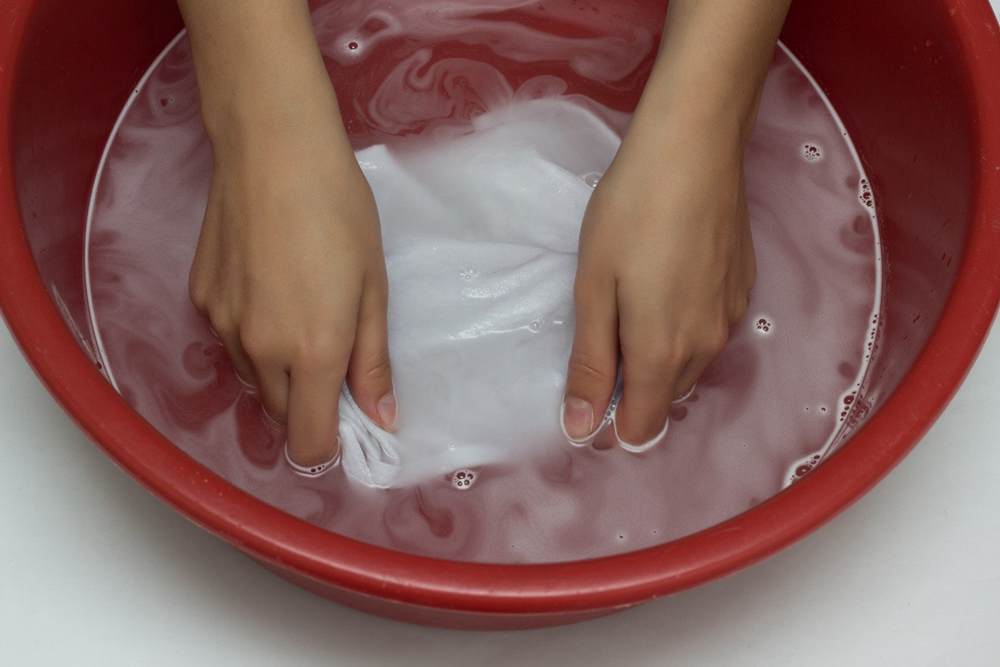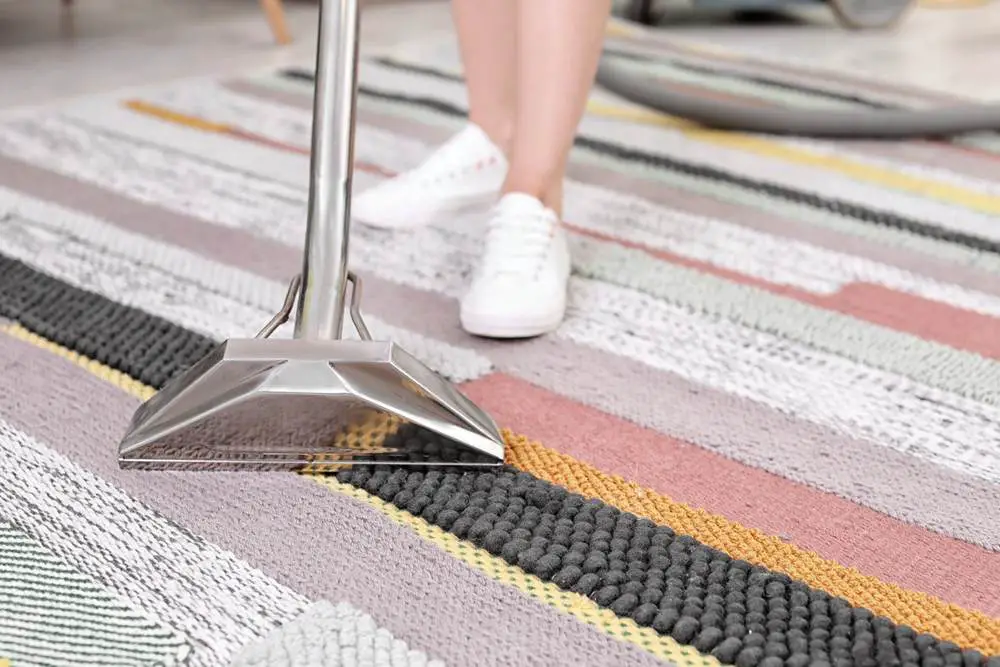
Silly putty is a moldable, stretchy toy that provides kids and adults alike with hours of fun. But its adhesive properties can also make it a nightmare when it comes into contact with clothing, upholstery, and carpeting. This comprehensive guide will walk you through the intricacies of silly putty removal from various fabrics using proven techniques and recommended products.
Table of Contents
What Exactly is Silly Putty?

Before jumping into removal methods, it helps to understand exactly what gives silly putty its unique properties. Silly putty was originally created by accident in 1943 by James Wright, an engineer working for General Electric. He combined boric acid and silicone oil in an attempt to create an inexpensive substitute for rubber during World War II. The result was a moldable substance that acted as both a liquid and a solid.
The boron molecules in boric acid are key to silly putty’s odd behaviors. These molecules act as crosslinkers between the polymer chains in the silicone oil, creating a three-dimensional matrix structure. When slowly stretched, the material exhibits viscous flow like a liquid. But when pulled quickly, the crosslinked polymers cause it to become more rigid and bounce like a solid.
This molecular structure also causes silly putty to be adhesive. The polymers cling to surfaces, while still retaining enough mobility to be molded and lifted off. However, silly putty does not chemically bond to materials, which is why it can be removed with the right techniques.
Silly Putty Stain Removal from Clothing

Clothing is the most common victim of silly putty contact. From t-shirts to trousers and beyond, silly putty can stick to any type of fabric. Time is of the essence for clothing stains, as the sooner it is removed, the less likely it is to leave permanent discoloration or residue.
Softening and Cracking with Cold
One of the simplest and most effective silly putty removal methods for clothing is to harden it with cold and then pick it off. This method takes advantage of silly putty’s temperature sensitivities. At colder temperatures, the polymer molecules lose mobility. The decreased molecular motion makes the putty more rigid and brittle.
Start by placing an ice cube in a ziplock bag or wrapping it in a thin cloth. Hold the ice over the putty stain, pressing gently. Rub the ice continually over the area for 1-2 minutes. This helps chill the putty quickly so it hardens.
After the putty has been sufficiently hardened, you should notice cracks beginning to form. Once cracked, use your fingers or a dull knife to gently pick off the pieces of putty as they lift from the fabric. Avoid using sharp knives or tools that could snag the clothing.
If any residue remains after picking, reapply the ice cube and pick off any remaining bits. The cold temperature combined with physical force should remove even stubborn patches of silly putty.
Dissolving with Oil and Soap
For fresh stains that have not hardened, or traces left behind after cold picking, liquid solvents can help dissolve the putty. Oils like baby oil, coconut oil, or vegetable oil applied to the stain help break down the putty polymers.
Dish soap or hand soap can also aid in dissolving silly putty from fabric. Apply a small amount of soap directly onto the stained area. Use an old toothbrush or fingernails to gently scrub the spot, which helps release the silly putty as the surfactants in the soap lift it away.
Laundry pre-treatment sprays and sticks that contain surfactants and enzymes that target greasy stains can also be used prior to washing clothing. For best results, lay the stained area flat and let the pre-treatment soak in for at least 15 minutes before laundering.
Laundering Clothes After Removal
Once silly putty has been removed from clothing using these techniques, launder the items as usual. Depending on the fabric, stains may still remain even if the putty itself has been eliminated.
For whites, a bleach-based laundry booster can help remove any discoloration from residual silly putty stains. Hydrogen peroxide can also help lift stubborn stains; apply it directly to the area and let sit for 15-20 minutes before washing.
If possible, wash the clothing using hot water, as the heat helps fully remove greasy residue. However, take care with delicate fabrics by following garment tag instructions. Tumble drying also applies heat to set stains, so line drying delicate items is recommended.
Removing Silly Putty from Leather, Suede, and Delicates
The methods discussed so far work well for sturdy fabrics like cotton, polyester, denim, etc. But more care must be taken when removing silly putty from delicate materials like leather, suede, silk, and wool.
For these fabrics, start by letting the putty fully harden without attempting to pick or dissolve it. Once hardened, very gently use a plastic scraper or credit card to lightly lift off pieces, taking care not to damage the underlying material. Avoid excessive rubbing or liquid cleaners.
Use leather cleaner sparingly on any residue spots, blotting it up immediately with a dry cloth. For wool or silk, apply a small amount of mild, pH-neutral soap using a soft cloth. Rinse thoroughly with cool water and allow to fully dry. Consulting a dry cleaning professional is also recommended for delicates with stubborn stains.
Upholstery and Carpet Silly Putty Removal

Silly putty can just as easily attach itself to upholstered furniture, area rugs, and vehicle interiors. Eliminating it from soft furnishings requires a more patient, deliberate approach.
Allowing Silly Putty to Dry Before Removal
Unlike on clothes, it is best NOT to try removing silly putty immediately when it gets on upholstery or carpet. Silly putty is most pliable in its initial state, and attempting to pick it off right away could damage fibers as it stretches and deforms.
Instead, allow the silly putty to fully dry and harden on the upholstery or carpet for 24-48 hours before attempting removal. As it dries, the polymers form tighter crosslinks which make the putty more friable and easier to break up.
Once hardened, use a dull knife, credit card, or even your fingernails to chip and scrape away at the putty. The goal is to break it up into smaller bits that can then be lifted off the underlying fibers. Take care not to tug or pull chunks of putty, which could loosen or extract stuffing and fibers.
For carpeting, use scissors to trim away the fibers trapped within the hardened putty to separate it from the carpet below. Cutting away the encased fibers lets you remove the putty itself without damaging the carpet pad and floor underneath.
Picking and Vacuuming the Pieces
After breaking the dried putty apart, the next step is physically removing all the little pieces. Picking them off with tweezers or fingers is effective for upholstery with tight weaves.
For carpeting, run a vacuum cleaner attachment over the area to extract the putty bits. The suction pulls up both hard putty pieces and short trimmed fibers. Avoid using a brush attachment, since spinning bristles can grind the bits further down into the carpet pile.
Check closely to ensure all visible traces of silly putty have been eliminated after picking and vacuuming. Embedded pieces left behind will lead to further staining and residue.
Using Solvents for Remaining Residue
Even after removing all visible silly putty from upholstery or carpet, some residue or staining will likely remain. These final traces require solvents to fully extract.
For upholstery, spray WD-40 over any areas of residue. Allow it to penetrate for 2-3 minutes before gently blotting with a clean cloth. The lubricating agents in WD-40 help dissolve the leftover putty polymers.
Rubbing alcohol is another excellent solvent option for upholstery and carpeting. Pour some onto a washcloth and scrub stained areas to eliminate stubborn residue. Isopropyl alcohol provides solvent properties without bleach or other harsh chemicals.
After applying any solvents, blot the area with clean water to rinse away residue. Let dry fully before using upholstery or carpeting again. For carpets, sprinkle baking soda over damp areas to absorb moisture and odors as it dries.
Automotive Silly Putty Stain Removal
Interior carpeting and upholstery in cars and trucks is just as prone to silly putty mishaps. The techniques for removal are similar to furniture upholstery.
Allow the putty to harden fully before attempting removal, especially if on seating surfaces that will be sat on. Carefully chip and pick away pieces using plastic scrapers or knives. Avoid anything sharp that could slice or damage interior materials.
Use a handheld vacuum to extract all the broken up bits of silly putty once dislodged from the car’s surfaces. For carpeted areas, brush in baking soda after vacuuming to absorb any oily residues while drying.
Spray upholstery areas with WD-40 or an automotive interior cleaner to eliminate lingering stains. Use rubbing alcohol only in small amounts on vehicle materials, as repeated exposure can dry out vinyl and leather.
Preventing Silly Putty Stains and Damage
They say an ounce of prevention is worth a pound of cure, which certainly applies to keeping silly putty stains at bay:
- Supervise play time when kids are using silly putty, do not let them run wild with it in the house or car.
- Cover surfaces like tables, carpets, and car seats with newspaper, plastic tablecloths, or drop cloths when silly putty is in use.
- Store silly putty in sealed plastic containers or eggs when not being played with to prevent it drying out or spreading.
- Have kids wash hands immediately after playing with silly putty to remove any residue.
- Clean up any wayward putty promptly, the sooner you start removal, the easier it will be.
- Consider investing in commercial silly putty removers designed to dissolve putty and loosen it from fabrics.
- Apply carpet protector spray to high traffic areas and on car interiors to reduce staining.
With vigilance and the right products on hand, it is possible to enjoy silly putty while keeping your belongings safe from sticky stains and damage.
Frequently Asked Questions About Silly Putty Removal
Below are answers to some of the most common questions people have about eliminating silly putty from household items and surfaces:
What is the overall best stain remover for silly putty?
There is no one-size-fits-all product that can tackle silly putty on all surfaces. But having WD-40, rubbing alcohol, dish soap, and laundry pre-treatment spray on hand will provide a range of options.
Can I use acetone or nail polish to remove silly putty?
While acetone is an effective solvent, it can damage many fabrics and finishes. Reserve its use for non-porous surfaces like metal, tile, or glass. Nail polish remover contains acetone, so also avoid using it.
How should I wash clothes after silly putty removal?
Check garment tags first, then launder as usual with detergent and the warmest water safe for the fabric. For whites, add bleach or non-chlorine bleach alternative. Dry thoroughly, repeating rinse cycle if needed.
Does silly putty stain carpets permanently?
With prompt removal, silly putty usually does not lead to permanent staining or damage on newer carpeting. However, residue left behind for long periods increases the chances of permanent discoloration as traffic grinds it in.
Can I remove silly putty from walls or painted surfaces?
Use caution with solvents like alcohol or WD-40 on painted walls, as they can strip or discolor paint. For walls, allow silly putty to harden fully, then gently peel off. Repaint if any stains remain.
What temperature of water should I use to rinse silly putty remover?
Lukewarm to cool water between 60-75°F is ideal for rinsing residues after cleaning upholstery or clothing. Avoid hot water as it can set oily stains. Cold water works too but warm water provides faster rinsing.
In Conclusion: Persistence Pays Off for Silly Putty Stain Removal
While silly putty can certainly make a mess, it does not have to mean permanent damage or ruined belongings with prompt removal. Have patience and use the proper methods depending on the surface. With persistence and the right products, even dried, stubborn silly putty stains can be eliminated completely. Keep your home and clothes looking good as new with these techniques.